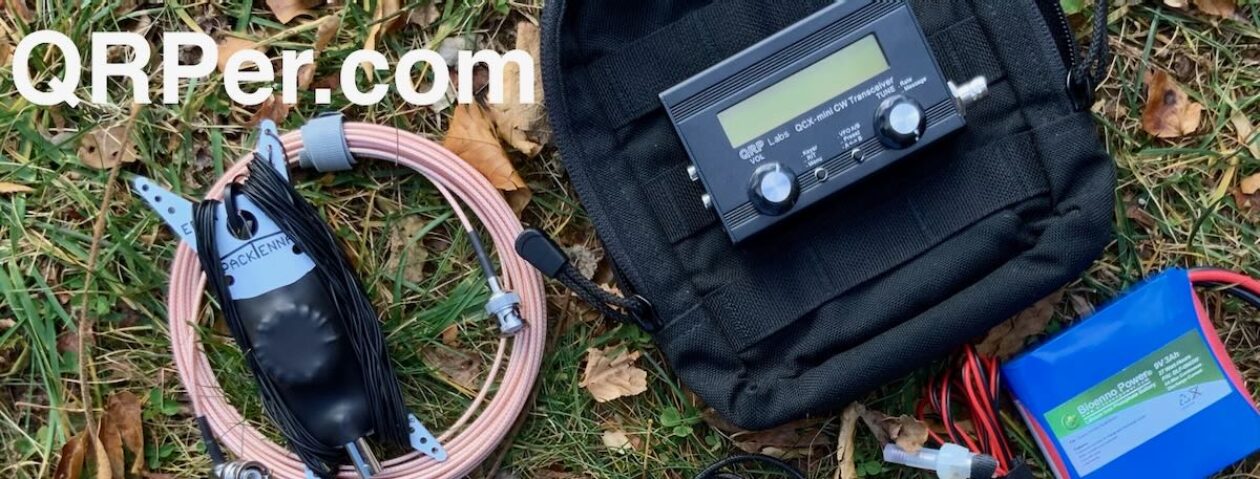 Back in September, I was contacted by Jesse Chen (BD7LLY) who has been a long-time reader of QRPer.com. Jesse is also the founder of Chelegance (a.k.a. JNCRadio): a company that has been producing ham radio gear and accessories since 2020.
Back in September, I was contacted by Jesse Chen (BD7LLY) who has been a long-time reader of QRPer.com. Jesse is also the founder of Chelegance (a.k.a. JNCRadio): a company that has been producing ham radio gear and accessories since 2020.
Jesse reached out and asked if I would consider evaluating a couple of the field portable antennas he designs and produces in China.
In truth, I get a lot–and I do mean loads–of requests to evaluate products and I pass on 97% of them. I only have so much time and I simply don’t bother with gear I think is unnecessary or that could be cheaply made.
Before replying to Jesse, I did a little research on Chelegance and discovered that DX Engineering now distributes their products. I decided that if DX Engineering liked the quality well enough to add Chelegance products to their catalog, then it must be up to a decent standard. I’ve never purchased anything sub-quality from DX Engineering.
I also like the fact that Jesse is a real amateur radio operator.
After checking back in with Jesse, he decided to send me two of his portable HF antennas: the M-104 and the MC-750. In full disclosure, he sent these to me at no charge–i.e. free–with the idea I could do a proper evaluation and share my thoughts both with him and with my readers.
He knew that both of these antennas had the potential to compliment my style of portable operating. I also told Jesse not to rush ship them to me as I was quite busy. I received both antennas at the end of October.
The first antenna I wanted to try was the MC-750.
The Chelegance MC-750
 When I received the parcel from Jesse, I was very impressed with the MC-750’s custom soft-sided case. The stitching and quality of it are much better than I would have expected. The interior is custom designed to hold all of the MC-750 antenna components. There’s enough extra space in it, in fact, that I can also carry a 40′ RG-316 feedline inside.
When I received the parcel from Jesse, I was very impressed with the MC-750’s custom soft-sided case. The stitching and quality of it are much better than I would have expected. The interior is custom designed to hold all of the MC-750 antenna components. There’s enough extra space in it, in fact, that I can also carry a 40′ RG-316 feedline inside.

The antenna basically consists of the following components in the supplied padded bag:
- A heavy stainless steel ground spike and matching unit
- 40 meter coil
- 50 cm antenna arm/extension
- 5.2 meter telescoping whip
- 4 yellow counterpoise wires with a wire winder board
The price for the antenna system is $250 via DX Engineering and 219€ via WIMO. Moonraker in the UK is also a Chelegance distributor, but doesn’t seem to have the MC-750 listed in their inventory at time of posting (Dec 5, 2022).
The only antenna I have that might compare with the MC-750 is the Chameleon CHA MPAS Lite which is one of my favorite portable HF antennas for its quick deployment, and overall quality. For reference, the CHA MPAS Lite retails for about $360.
I thought the best way to test the MC-750 would be to take it on a POTA activation. Continue reading Taking the new Chelegance MC-750 vertical on a POTA activation at Lake James State Park






























